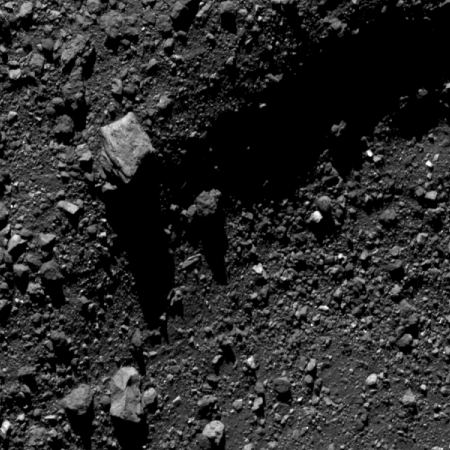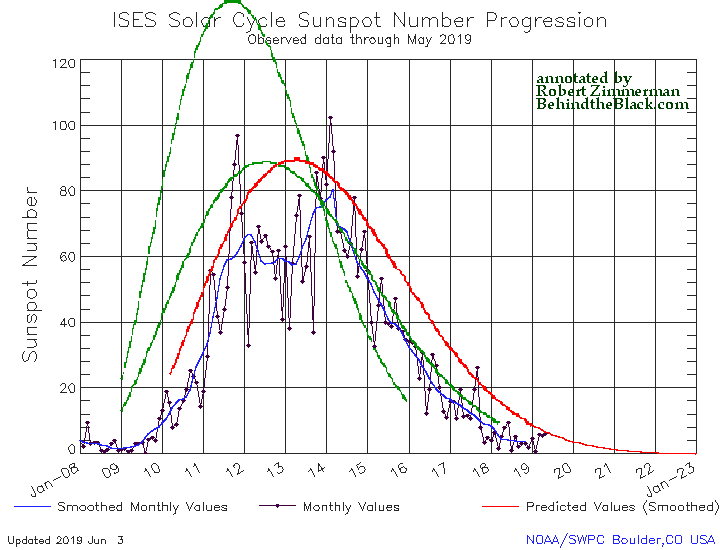New study calls for government to center its space policy around private enterprise
Link here. The study is detailed, thoughtful, and strongly reiterates the same policy recommendations I put forth in Capitalism in Space.
The paper outlines what the authors think the government should do over the next decade-plus to encourage the take-over of the American space effort by private enterprise. While much of this makes sense, when they get into outlining the specific projects that they want to happen in the 2020s it comes the stuff of fantasy, what the authors wish would happen.
If the government transitions away from a “space program” and instead creates a chaotic and free space industry, it will then be impossible to lay out a specific step-by-step “program” of achievement. Instead, the engine of freedom will take over, and what it will generate can never be predicted, except that it will be vigorous, surprising, and successful, doing things quickly and with exuberance.
That should be the fundamental goal of our government.
Link here. The study is detailed, thoughtful, and strongly reiterates the same policy recommendations I put forth in Capitalism in Space.
The paper outlines what the authors think the government should do over the next decade-plus to encourage the take-over of the American space effort by private enterprise. While much of this makes sense, when they get into outlining the specific projects that they want to happen in the 2020s it comes the stuff of fantasy, what the authors wish would happen.
If the government transitions away from a “space program” and instead creates a chaotic and free space industry, it will then be impossible to lay out a specific step-by-step “program” of achievement. Instead, the engine of freedom will take over, and what it will generate can never be predicted, except that it will be vigorous, surprising, and successful, doing things quickly and with exuberance.
That should be the fundamental goal of our government.




